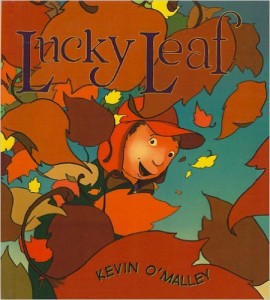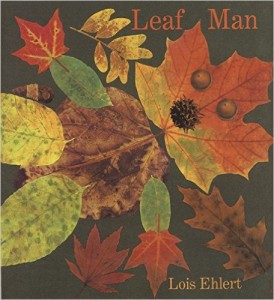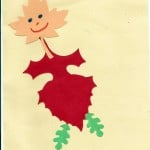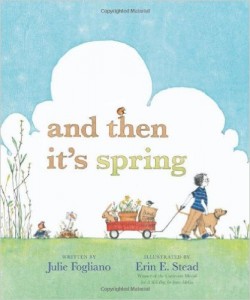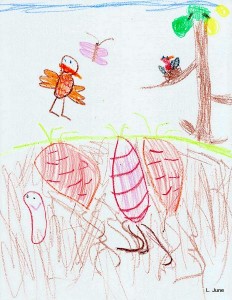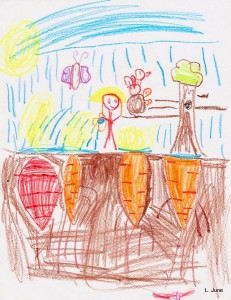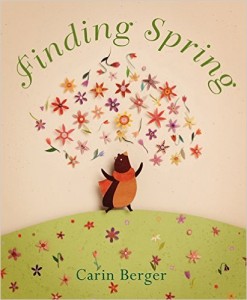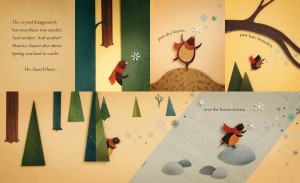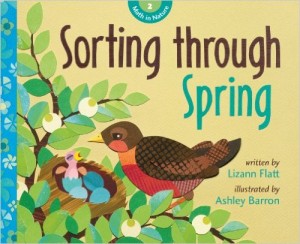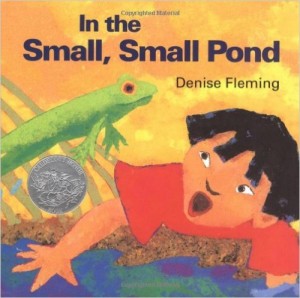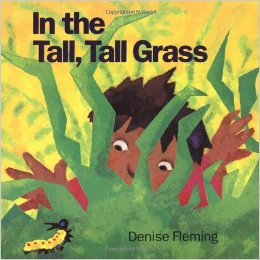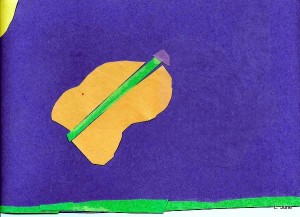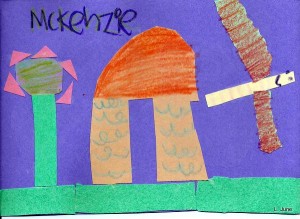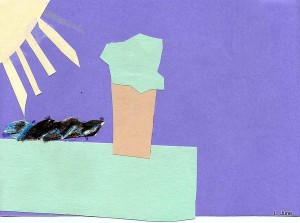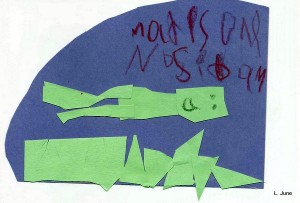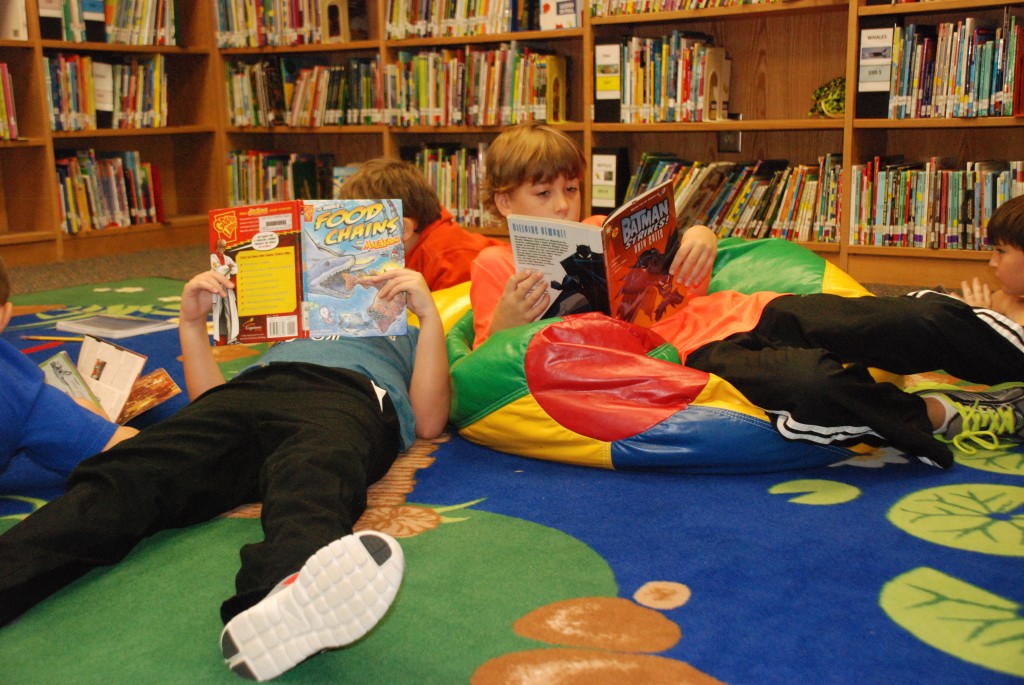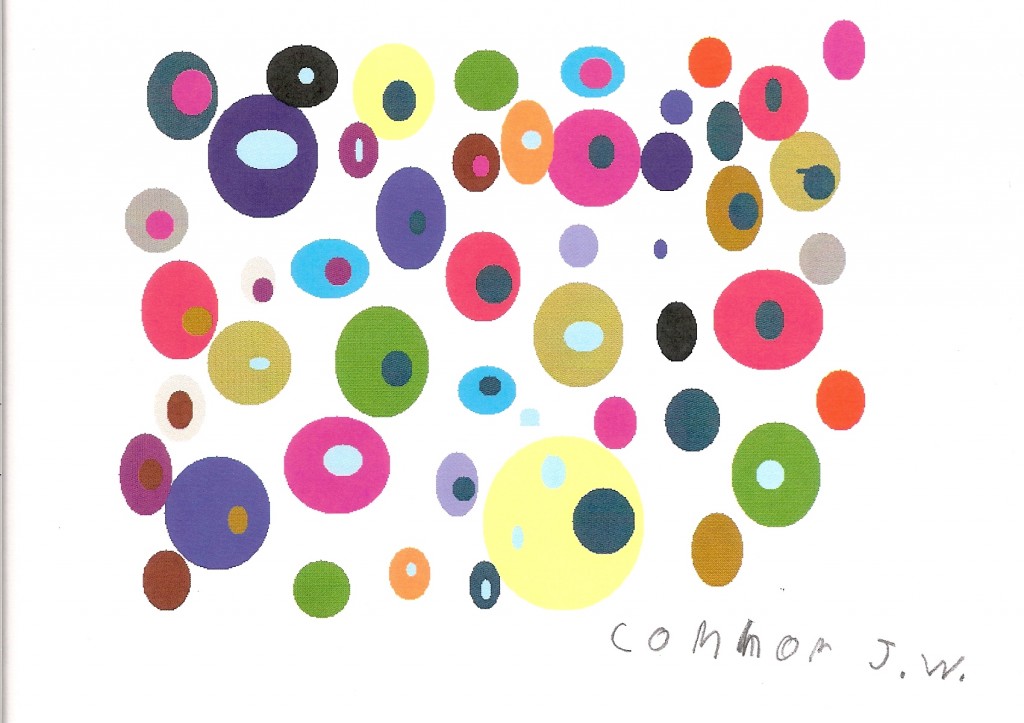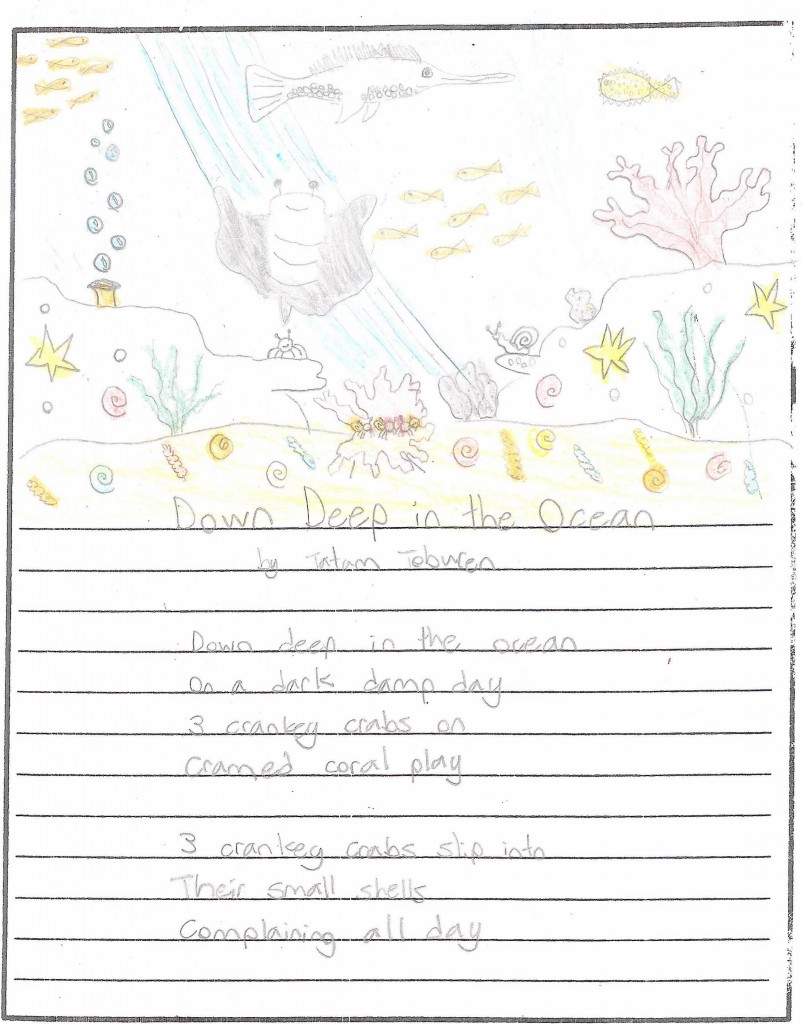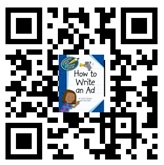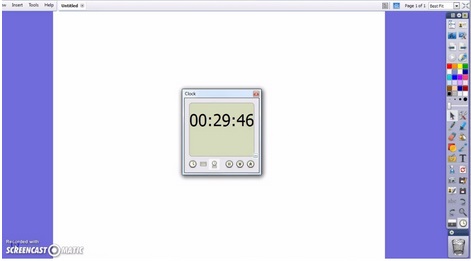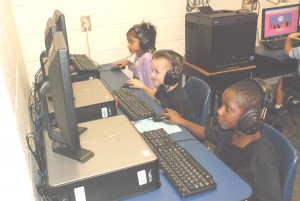I always look forward to the Kindergarten unit on penguins. I especially enjoy using penguin webcams in the library so that we can watch them in action.

Screenshot of the Monterey Bay Aquarium Web Cam. Feeding Time!
The Monterey Bay Aquarium web cam is turned on from 7 am to 5 pm Pacific time each day, and shows the rocky habitat of their African blackfooted penguin exhibit. (If you tune in at other times it won’t be live; you will see highlight videos playing instead.)

Screenshot of one of the SeaWorld Penguin Cam views.
The Sea World (Orlando) webcam page offers a choice of three different views of their penguin habitat: above ground, shallow underwater, and deep underwater. You can also use their camera tool to take a picture of the penguins and share it via Twitter, Facebook, Pinterest, email, or one of several other options. I shared one of our photos to my Book-Based Activities Pinterest Board.
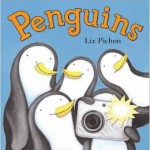 After spending a few minutes watching the penguins, taking pictures of them, and discussing the penguin facts they’ve learned, I read the book Penguins
After spending a few minutes watching the penguins, taking pictures of them, and discussing the penguin facts they’ve learned, I read the book Penguins by Liz Pichon. This is the perfect book to follow up our webcam viewing because in it (as the cover hints) a group of zoo penguins discovers a camera one of the visitors dropped. They have a wonderful time taking pictures with it (“Say FISH!”) until a zookeeper discovers it the next day and takes it to the Lost and Found. Once re-claimed, the owner discovers some very puzzling and unusual photos!
by Liz Pichon. This is the perfect book to follow up our webcam viewing because in it (as the cover hints) a group of zoo penguins discovers a camera one of the visitors dropped. They have a wonderful time taking pictures with it (“Say FISH!”) until a zookeeper discovers it the next day and takes it to the Lost and Found. Once re-claimed, the owner discovers some very puzzling and unusual photos!
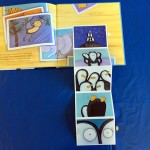
Last page of PENGUINS by Liz Pichon.
Although the book is a bit anachronistic (the extra photos are discovered when the pictures are developed) the kids love the surprise at the end: a foldout of the snapshots the penguins took of themselves! I just substitute the word “printed” for the word “developed” and the kids are none the wiser.
 I also like to play the song “Rock Hopper Penguin” from the CD Fins And Grins
I also like to play the song “Rock Hopper Penguin” from the CD Fins And Grins by Johnette Downing. It’s a great uptempo song that we can dance to – and when I say “dance” I basically mean “hop up and down until we’re too worn out to move” – before we check out books. (Click here
by Johnette Downing. It’s a great uptempo song that we can dance to – and when I say “dance” I basically mean “hop up and down until we’re too worn out to move” – before we check out books. (Click here to listen to a sample.)
to listen to a sample.)
My favorite non-fiction penguin books to use with Kindergarten classes are:
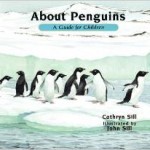 About Penguins A Guide for Children
About Penguins A Guide for Children by Cathryn Sill
by Cathryn Sill
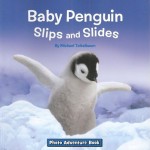 Baby Penguin Slips and Slides
Baby Penguin Slips and Slides by Michael Teitelbaum
by Michael Teitelbaum
 Egg to Penguin
Egg to Penguin  by Camilla de la Bedoyere
by Camilla de la Bedoyere
 The Life Cycle of a Penguin
The Life Cycle of a Penguin by Lisa Trumbauer
by Lisa Trumbauer
My favorite penguin picture books to use with Kindergarten classes are:
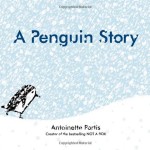 A Penguin Story
A Penguin Story by Antoinette Portis
by Antoinette Portis
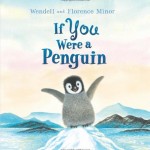 If You Were a Penguin
If You Were a Penguin by Florence Minor
by Florence Minor
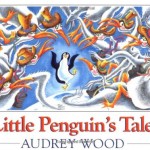 Little Penguin’s Tale
Little Penguin’s Tale by Audrey Wood
by Audrey Wood
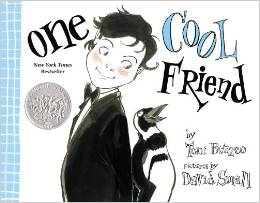 One Cool Friend
One Cool Friend by Toni Buzzeo
by Toni Buzzeo
 My Penguin Osbert
My Penguin Osbert by Elizabeth Cody Kimmell (which I also wrote about here)
by Elizabeth Cody Kimmell (which I also wrote about here)
What are your favorite penguin resources for young learners? Please share them in the comments!
 For the second year in a row, book funding for my library was cut by the district, so once again I turned to Donors Choose to fill a need in my library.
For the second year in a row, book funding for my library was cut by the district, so once again I turned to Donors Choose to fill a need in my library.


